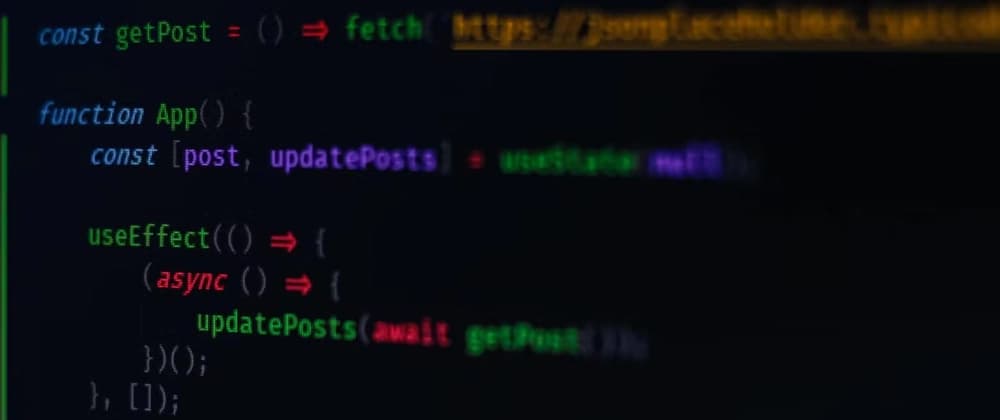How I Got Hired Contributing to open source projects


OGBONNA SUNDAY
In the tech space, getting a job is not totally based on how good you are at the technical side of things, but rather your positioning. This means being able to put yourself out there and show employers how your skills and experience can benefit their company.
It is the goal of 90%-if not 100%-of geeks who are in tech to get hired, but without stepping out to the public that is nearly impossible.
As you read, I will share my journey on how I got into open source and secured my first international role as a software engineer at OpenSauced by contributing to their open source projects.*
My Background and Passion
My desire to know how the web works has always been my driving force. So from the day I was given my first mobile phone (Nokia s2) in the year 2010, I took it upon myself to explore this little gadget at my disposal.
In 2020, during the covid 19 pandemic, I started learning the basics of the web (HTML, CSS & Javascript) with a friend (a graphic designer) who also was trying to transition into UI/UX design. Luckily, I got my first job at Softkodesllc which didn’t last long due to my lack of experience. So I kept on learning until I got into open source.
How I got to know about open source
In a Twitter space by @ShawnBasquiat(The HUNT) was the first place I heard about open source and ways to contribute to open source. Then I ran into a video on YouTube talking about how to make your first contributions to open source projects.
The life-changing move I took that led to the AHA! moment
After listening to the talks and tips from the space, I decided to set a 30-days target for myself to make contributions to open source projects in the month of August 2022. I got my first PR up on the 3rd of the same month https://github.com/open-sauced/hot/pull/285.

The second and third PR followed on the 4th
At first, I was confused about how to start, but when I took up the courage to pick up my first issue, it all started making sense 😇😇😇. I got a warm welcome on my first contribution which resulted in me wanting to make more and more contributions to the same project 🔥🔥 (all thanks to @bdougieyo).

The AHA! moment
Shortly after my contributions, I got a message from the CEO of OpenSauced.

It all seemed like magic to me at first 😊😊...but it was reality! My first step towards working in public earned me a Software Engineering role 🍕🍕
That's my short story on how I got hired making open-source contributions 💫💫
Tips
If you are looking to get started with open source, here are some tips to get started:
-
Choose a Project that Aligns with Your Interests: Start by identifying open-source projects that align with your passions and skills. Whether it's web development, machine learning, or design, finding a project that excites you will keep you motivated and engaged.
-
Start Small and Contribute: Begin by tackling small tasks or bugs within the project. This allows you to familiarize yourself with the codebase and workflow. Look for "good first issue" or "beginner-friendly" tags that indicate suitable tasks for newcomers.
-
Engage with the Community: Join the project's community forums, mailing lists, or chat channels. Introduce yourself, ask questions, and seek guidance from experienced contributors. Engaging with the community not only helps you learn but also opens doors to collaboration and mentorship opportunities.
-
Read Documentation and Code: Invest time in understanding the project's documentation and codebase. Familiarize yourself with the project's structure, coding conventions, and guidelines. This knowledge will help you navigate the code more efficiently and contribute effectively.
-
Embrace Feedback and Learn from Others: Open source is a collaborative environment, so be open to feedback from experienced contributors. Take constructive criticism positively and use it to improve your skills. Learning from others' code and approaches will also broaden your understanding of best practices.
With these few tips listed, you can kick-start your journey into open source.
If you find this article helpful, then click on the follow button to get more updates and helpful resources on JavaScript, Reactjs, and Next.js. You can also follow me on Twitter @OgDev-01 to get useful resources and tech trends or on OpenSauced to see what contributions I've been making and the ones I highlight! Stay saucy! 🍕🍕
_This is not fiction. However, this piece does not guarantee the desired result you might need. It is designed to point you toward the right path. And as it was coined in Fiedler’s Contingency Theory _
There is no one best way to get things done.
Hence, there is a need for a contingency plan

